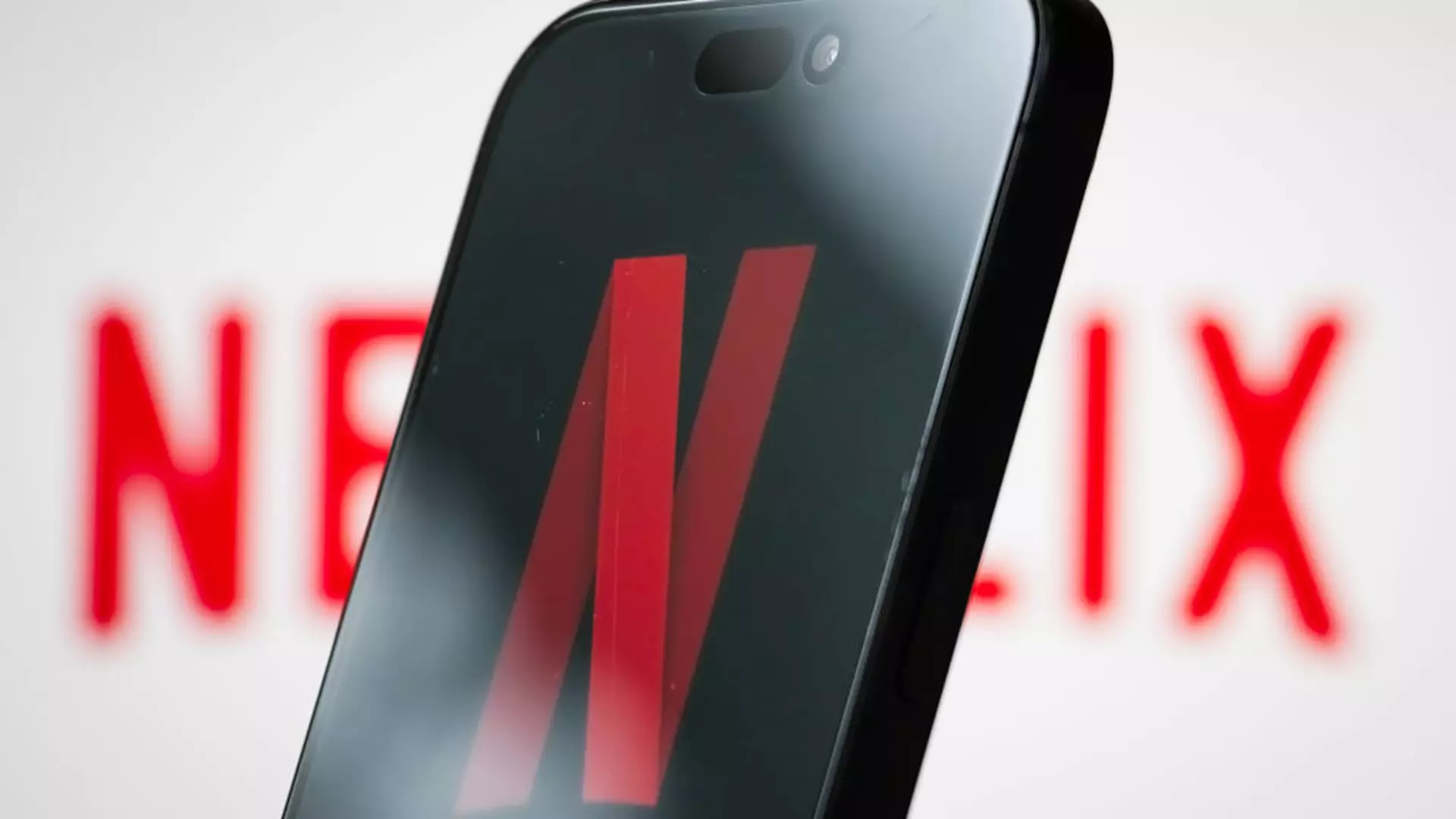Netflix has recently stepped into the spotlight with its radical redesign of the homepage, an initiative that marks a bold leap into the future of digital streaming. This overhaul is not just a cosmetic change; it reflects an intense focus on user engagement and content discovery at a time when competition among streaming platforms is fiercer than ever. Their strategic shift signals that Netflix understands the need to adapt, not just to evolve its services but to actively respond to the behavior of its users. The adjustment to a vertical video feed is particularly poignant given the dominance of social media and mobile video consumption habits that have emerged in recent years. By making this transition, Netflix is attempting to give wealthier, time-strapped consumers a platform that complements their fast-paced lifestyles.
The introduction of real-time recommendations tailored to users’ current moods marks a significant step towards personalized viewing experiences. We are no longer just passive viewers but participants in a daily electronic dialogue with the platform that promises an ever-refreshing arsenal of entertainment, ready to cater to our immediate whims. As Netflix Chief Product Officer Eunice Kim aptly stated, the user interface must cater to how users want to consume media today, and a leaner, more intuitive design is a necessity.
AI-Powered Intelligence and Enhanced Interactions
What’s truly exciting about this redesign is the venture into artificial intelligence. Collaborating with OpenAI to foster innovation, Netflix aims to refine its search functionalities, ensuring that users can discover content using language that resonates with their intent. This presents an exhilarating opportunity for consumers who will now have a more conversational interface at their fingertips. No longer confined to generic titles or vague searches, users will be able to express themselves in the singular vernacular of their viewing experiences.
The implications of this are vast and signal a shift toward a future where platforms don’t just cater to users but actively anticipate their needs. This is emblematic of a broader pattern in technology, where interactive user experiences are pioneering an age of customized services. As the technology matures and Netflix fine-tunes its models, the fine line between viewer and platform is blurred. It raises the question of how much we are willing to give up in search of an enhanced viewing experience. Are users prepared to allow a corporation deeper into their preferences and moods for the sake of convenience?
Navigating Market Challenges Effectively
At the same time, this bold move comes amidst intensified rivalry from other services like Disney’s vast streaming catalog and Warner Bros. Discovery’s Max. Companies are not just vying for fresh subscribers—they’re striving to keep their existing clientele engaged. The whole landscape has shifted to an arena where user retention has become equally, if not more, vital than acquisition. Netflix’s ad-supported tier and their recent crackdown on password sharing are strategic defensive plays that further underline their intention to remain a leader in streaming.
Streaming is no longer about simply having a great catalog; it’s also about creating a rich user experience that prompts subscribers to return, again and again. Netflix’s latest report of 300 million paid memberships shows that their strategies are beginning to pay off. However, this stark competition necessitates continuous innovation—both in terms of user interface and in capturing the emotional zeitgeist of the audience.
A Future to Watch
The anxious anticipation surrounding these new features indicates a burgeoning trust in Netflix’s ability to pivot into this fresh, competitively charged environment. Users have come to expect a high level of engagement and interactivity, and Netflix appears committed to delivering that with its new design. The introduction of a TikTok-style vertical video feed could well innovate the traditional viewing experience, making it simpler yet cinematic for users accustomed to modern social media interactions.
Moving forward, Netflix faces the challenge of establishing strong governance over its AI and ensuring that it enhances user experiences rather than complicates them. Balancing personalization with privacy will be integral to the long-term success of this strategic pivot. If done right, Netflix’s redesign could serve as a template for future platforms aiming to capture the fleeting attentions of a fast-paced, connected audience. The question lingers, though: will they succeed, or has the streaming giant falsely assumed it can dictate user behavior in an age that prizes user agency? The next few months of rollout may provide some intriguing answers.

